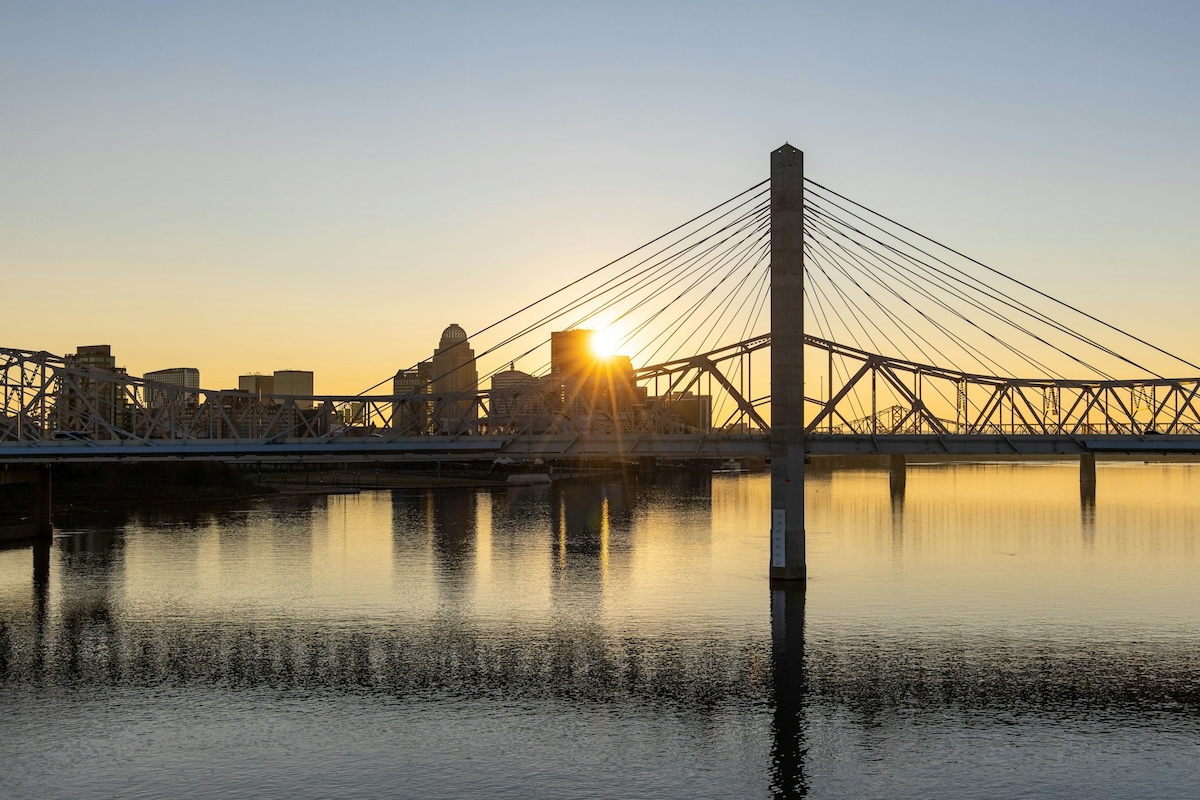Skift Take
The message is clear. In-person meetings must provide compelling reasons for participants to travel. Even small meetings need to feel like experiences.
Experience creation is paramount for planners, particularly when compared to meetings before the Covid pandemic. Remote and hybrid work puts extra pressure on planners who must deliver meetings where the value of participating in person, rather than online, is unquestionable.
According to the latest IACC Meeting Room of the Future Barometer, 80 percent of planners agreed that their current role in planning meetings now involves more ‘experience creation’ for attendees. The report surveyed 275 planners, mainly working on meetings for under 100 participants across the globe.
“Planners must take a step back and ask themselves whether it can be done over zoom, if so, it clearly has no place in the room,” said IACC CEO Mark Cooper.
Perhaps unsurprisingly, the planners surveyed prefer conveniently located hotels offering high-quality yet flexible meeting spaces with good IT infrastructure.
Legacies of the Covid Pandemic
The report also details some of the lasting impacts of the Covid pandemic on planners. Almost half (41 percent) of respondents continue to look for venues with larger spaces to allow their delegates to spread out, while a third say access to outdoor spaces is key.
Technological capabilities also continue to be a priority. Virtual streaming and participation, internet access, AV, and cyber security remain top of mind. Sustainability and social responsibility will continue to grow in importance, ensuring the meeting room of the future is a positive force for the future.
“The way we live, work and meet has changed and so have, in turn, the spaces and technologies required for business events and conferences,” said Robyn Domber, Senior Vice President, Research at Development Counsellors International.
Sustainable and Socially Responsible Sourcing
Planners ranked four elements of sustainable sourcing: accessibility, human (DEI), vitality (wellness), and climate. Overall accessibility was highest, with human (DEI) in second and climate coming in last. However, on closer inspection, a high number of responses from the Americas skewed the data. When counting only responses outside the Americas, the raking changed dramatically with climate topping the rank, followed by accessibility, vitality and human.
The different geographical priorities for sustainable sourcing suggest that corporate Environment, Social and Governance (ESG), as well as diversity, equity and inclusion (DEI) policies, may be taking precedence compared to environmental issues in the Americas. In addition, there is a striking difference between the Americas and Europe regarding requesting carbon footprint measurement. Only 14 percent of planners based in the Americas request carbon footprint measurement for their meetings when evaluating venues. This jumps to 50 percent in Europe.
Meeting Objectives and Evolving Expectations
Education and content are the most important meeting objectives across the globe. In Europe and the Americas, networking comes a close second. In Africa, local authentic experiences come second, and technology used for collaboration takes the second spot in Australia-Asia-Pacific.
Planners expect younger generations, both on the planner and attendee side, to lead to increased integration of technology. They also see this demographic influencing meeting formats with shorter and more interactive sessions.
Photo credit: © Monkeybusinessimages / Megapixl.com





